How do I care for my Aloe Vera plant?
gwtamara
11 years ago
Related Stories
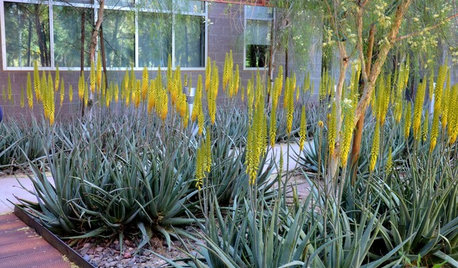
GARDENING GUIDESGreat Design Plant: Aloe Vera
Bright yellow flowering spikes decorate this popular aloe from late winter into spring, much to the delight of hummingbirds
Full Story
GARDENING GUIDESGreat Design Plant: Fan Aloe
Fanning leaves offer a striking rosette alternative, but this plant has all the benefits of regular succulents and more
Full Story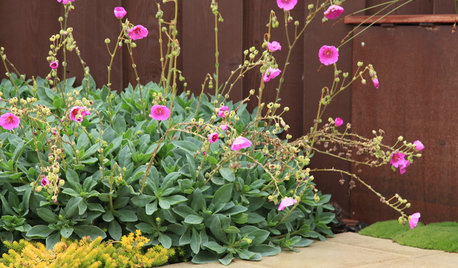
GROUND COVERS10 Succulents That Make Pretty, Easy-Care Ground Covers
These low-growing succulents create interest in the drought-tolerant garden
Full Story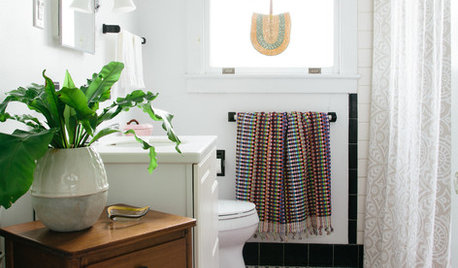
CONTAINER GARDENSFreshen Up the Bath With Lush and Healthy Plants
Learn how to choose and care for plants that will do well in your space
Full Story

GARDENING GUIDESGreat Design Plant: Agave Vilmoriniana
Graceful octopus agave adds texture and contrast to drought-tolerant gardens
Full Story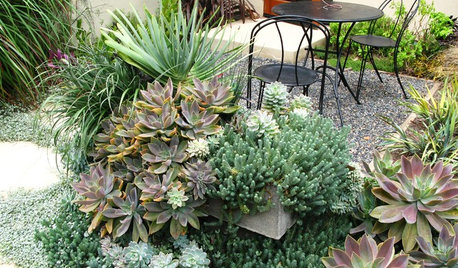
SUCCULENTSAmazingly Low-Maintenance Picks for Outdoor Planters
Turn to succulents, cacti and ornamental grasses to keep your summer watering and care to a minimum
Full Story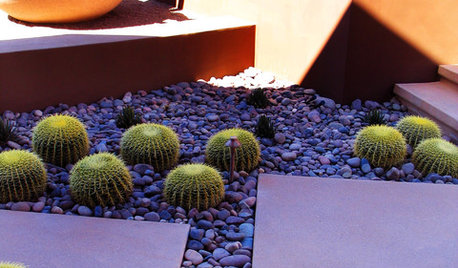
GARDENING GUIDESGreat Design Plant: Echinocactus Grusonii
The curved golden-yellow spines of golden barrel cactus add sunny color to the drought-tolerant garden
Full Story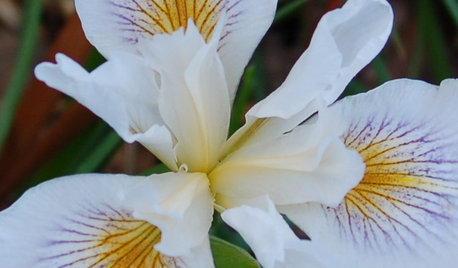
GARDENING AND LANDSCAPINGGreat Design Plant: Pacific Coast Iris
Plant this West Coast native for stunning, intricate blooms from January through May
Full Story
HOUSEPLANTS8 Essentials for Healthy Indoor Plants
Houseplants add so much to our homes — and can thrive when grown in the right conditions. Keep these tips in mind
Full StorySponsored



Related Discussions
How to save my Aloe Vera plants Qatar
Q
Is this good Aloe soil?
Q
30 year old Aloe Vera
Q
Aloe vera plant rescue
Q